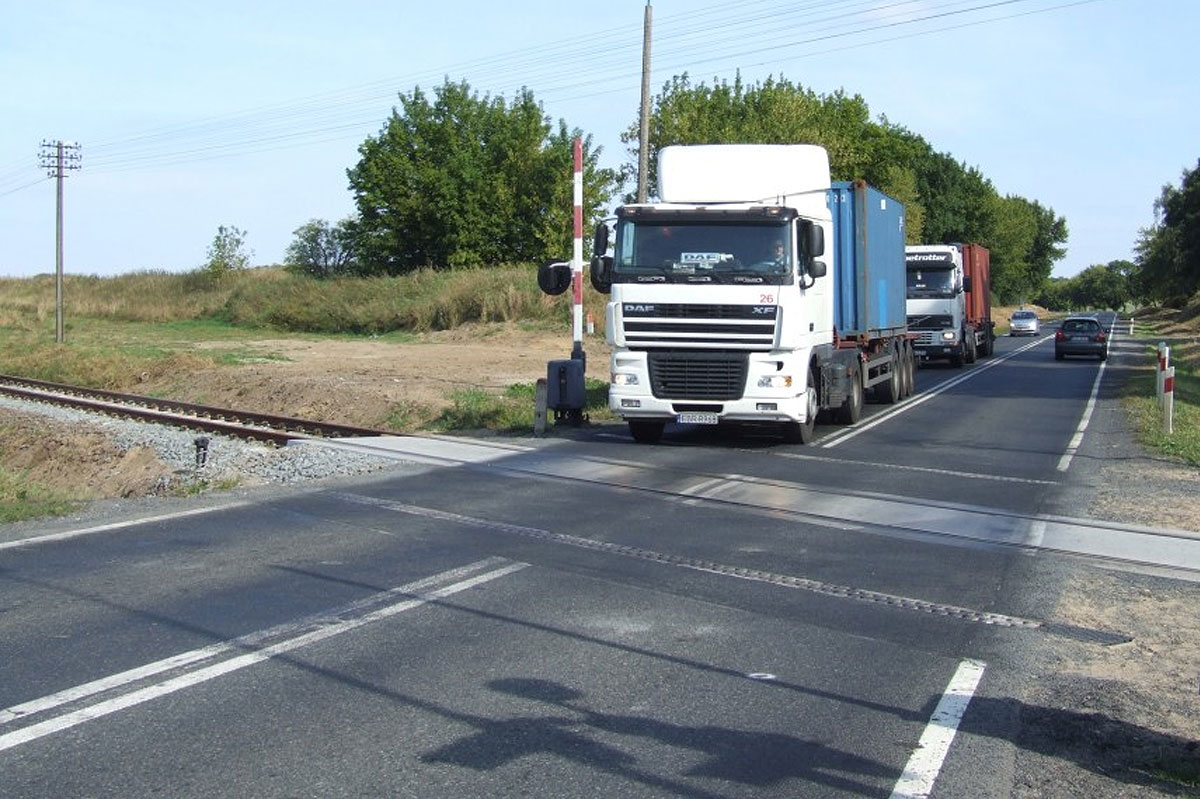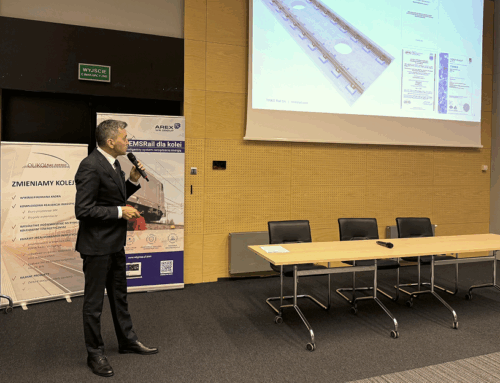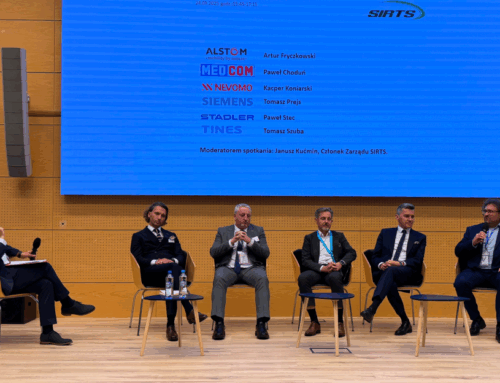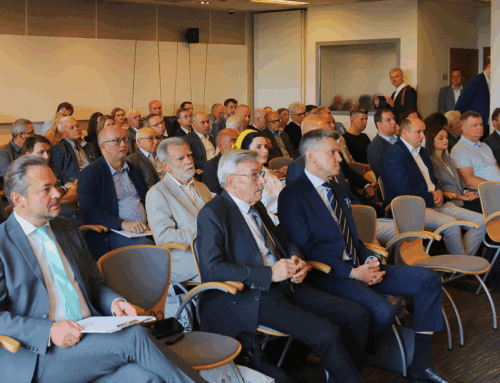As part of the social campaign “Safe Crossing – Stop and Live!” initiated in 2005, PKP Polskie Linie Kolejowe S.A. conducts an extensive information and educational campaign regarding safety at railway crossings. The main causes of tragedies on the tracks are poorly marked crossings and the recklessness of drivers. However, accidents at railway crossings can also be attributed to the poor condition of railway-road surfaces.
The campaign’s website reports that in Poland, there are over 13,800 railway crossings where nearly 250 accidents involving vehicles occur annually. On average, 38 people die, and 80 sustain severe injuries in these accidents.
Grim Statistics
The costs of suffering and loss of loved ones are difficult to estimate. Other costs, as calculated by the World Bank, are enormous. They include expenses for compensation payouts, actions of rescue services, medical treatment, and rehabilitation. Experts estimate the cost of the sudden death of one person at over 2 million PLN. As a result of an accident at a crossing or a pedestrian being hit, the average traffic disruption lasts for over 5 hours, and delays caused by a single incident can affect even dozens of freight and passenger trains.
Issues with Crossing Surfaces
There is another aspect related to safety at railway crossings. Even a person who obeys traffic regulations can be involved in an accident at a well-marked railway crossing. The railway-road surface, specifically its condition, plays a role in this. Unfortunately, many such locations in Poland have a construction that degrades rapidly. In the case of surfaces made up of large and small gauge slabs, the substructure is the railway track on ballast. Contaminants entering the track bed from the road and the high pressures exerted by road vehicles cause damage to structural elements of the surface and the ballast, resulting in unevenness (known as “clattering”) and damage to the road surface. On the other hand, surfaces indirectly related to the track have much greater durability, which is, however, significantly dependent on the good condition of the ballast, subgrade, and drainage in the crossing area. Such structures require periodic maintenance work, involving financial outlays and closures of the crossing for both railway and road traffic. The poor condition of the surface should not be underestimated, as it can lead to damage to a vehicle’s tires or suspension and, in some situations, even a car accident. In extreme cases, the poor condition of the surface can cause a train to derail.
Modern Surface Solutions
One of the most durable solutions available for railway crossings is the integrated railway-road surface TINES® LC-L. It is characterized by very high impermeability, strong fastening durability, and, thanks to continuous positioning, significantly lower dynamic loads transferred to the subgrade compared to other surfaces. This design is considered a solution with a long period of trouble-free operation, requiring minimal maintenance costs.
The basic element of this design is a prefabricated reinforced concrete slab with channels for rail installation. The shape of the upper surface of the slab, with a one-percent slope, facilitates the drainage of the track. Additionally, this type of surface solves the problem of uneven settling of the track and road surface, as well as the clattering of slabs. Integrated railway-road surfaces like TINES® LC-L can be used at crossings subject to the heaviest railway and road traffic, where axle loads of railway vehicles reach up to 245 kN, and road vehicles up to 140 kN. This solution is characterized by high durability and resistance to atmospheric factors. The simple and fast installation directly affects the reduction of track closures during construction.
In conclusion, the article emphasizes the importance of safety at railway crossings, provides information about the social campaign, and highlights the need to improve the condition of the surfaces at these locations to reduce the number of accidents at railway crossings in the future.
Read also
Comprehensive construction solutions and ballastless track systems for railways, ensuring effective vibroacoustic insulation and a guarantee of durability for mainline tracks, engineering structures (bridges, viaducts, tunnels, and rail-road crossings).
A comprehensive offer of durable materials for the construction of tram tracks, allowing to reduce the level of vibrations and noise in the vicinity of the route.









